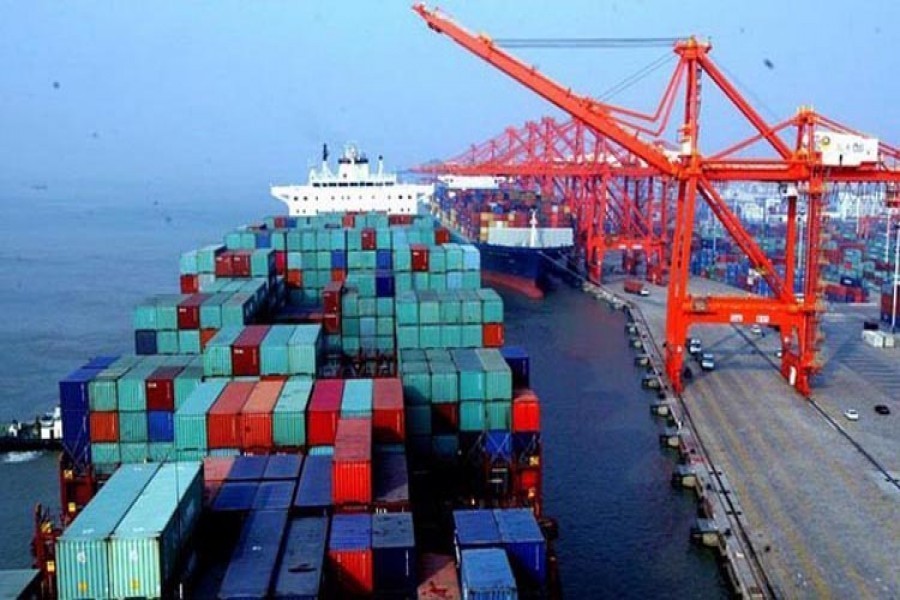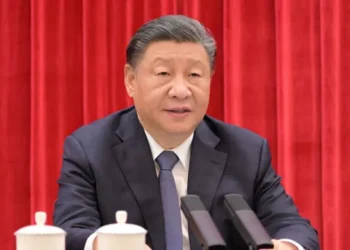Traffic congestion has been severe in the area around Chittagong Port, especially on the Dhaka-Chittagong highway, due to the pressure of exports and imports in July. This pressure has been created as exporters are busy sending goods before the new US tariffs come into effect from August 1. This pressure is likely to continue until September as it is the export season. ICDs have handled a record number of goods, which has further increased the traffic congestion due to parking shortages and lack of coordination. As a result, the number of road accidents and fatalities in the Sitakunda area has increased alarmingly. Concerned parties have urged to increase the number and capacity of depots to solve this crisis.
Main causes and conditions of traffic jams
As new tariffs came into effect in the United States from August 1, 2025, exporters have taken the initiative to ship goods in advance. The seasonal demand for ready-made garments has also increased. As a result, the import-export pressure on the Dhaka-Chittagong highway suddenly increased in July, resulting in terrible traffic jams.
With the increase in the transport of goods from the 19 Inland Container Depots (ICDs) in Chittagong, it now takes 2–3 hours to travel the 20-kilometer route from Kumira to AK Khan Gate.
Read more: Interim Government Pays 18,000 Crore Taka in Foreign Electricity Bills
This traffic jam has become a cause of not only time but also loss of life. According to the Highway Police, 13 people lost their lives in 32 accidents in Sitakunda in July alone, which is the highest ever. Drivers, fed up with the excessive traffic jam, have started driving recklessly, which has increased the accident rate.
Record cargo handling in July
The Bangladesh Inland Container Depot Association (BICDA) said that Chittagong ICDs handled 85,000 TEUs (20-foot equivalent units) of export goods in July, more than double the amount handled in June. Imports also increased to 25,000 TEUs.
| Month | Export (TEU) | Import (TEU) |
|---|---|---|
| January | 70,338 | 21,039 |
| February | 61,672 | 21,847 |
| March | 63,692 | 21,264 |
| April | 49,345 | 22,476 |
| May | 72,516 | 26,545 |
| June | 32,355 | 12,960 |
| July | 85,000 | 25,000 |
Table: Month-wise Export-Import Comparison (January–July)
Which depots are under the most pressure?
The most pressure was felt in July:
- KDS Logistics (Kumira): 163% increase (4,641 → 12,230 TEU)
- Port Link (Bhatiyari): 226% increase (2,818 → 9,199 TEU)
- BM Depot (Sonaichhari): 127% increase (2,422 → 5,503 TEU)
- Nemsan (Kumira): 263% increase (772 → 2,807 TEU)
Due to this increased flow, many covered vans have to wait for three to four days to enter the depot, resulting in severe traffic congestion on the highway.
The depots do not have adequate parking facilities. Truck drivers are complaining that they are not getting the facilities even after paying a parking charge of 50-60 taka. Exporters are sending goods ahead of schedule, thus the problem is getting worse due to lack of proper coordination.
Ahsanul Kabir, Executive Director of KDS Logistics, said,
“If there is no schedule, the goods cannot be received. If exporters send the goods in coordination with the shipping company, then this problem can be solved.”
Sitakunda Assistant Commissioner (Land) Abdullah Al Mamun said that the main problems in operating the mobile court are the parking crisis and lack of coordination. However, when the police go on a drive, the drivers and assistants try to attack the police.
Ruhul Amin Sikder, Secretary General of the Bangladesh Inland Container Depot Association, said,
“The port charges a parking fee of Tk 200 for its own government space. However, the depots can charge only Tk 50 for their own purchased or rented space. How can the depots provide additional parking space for such a small fee?”
Source: TBS
Share via:


















